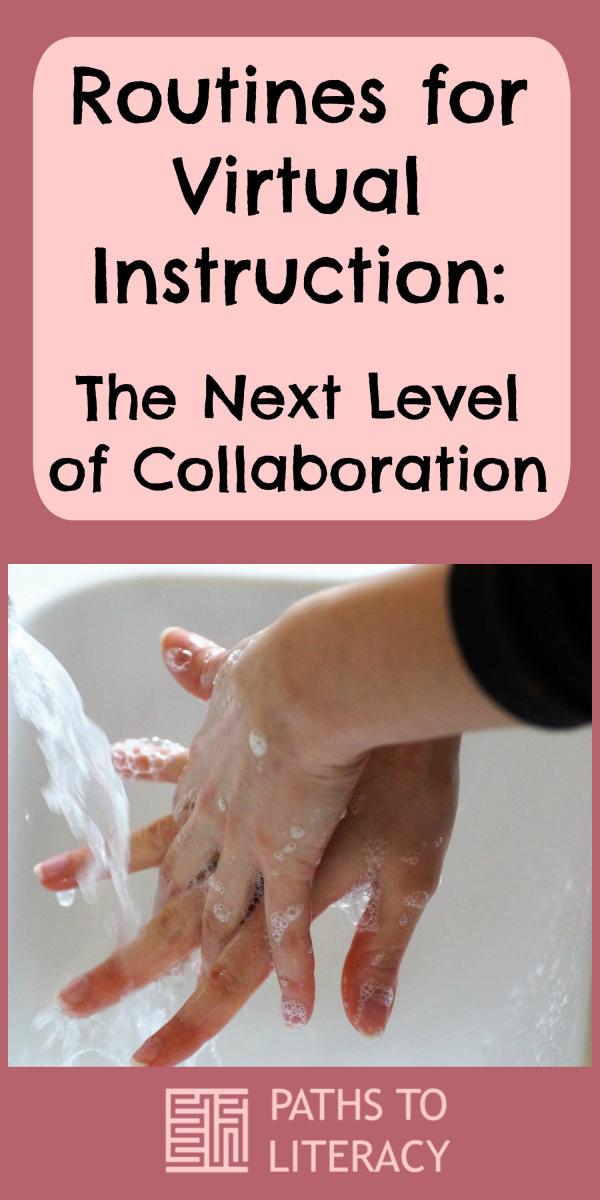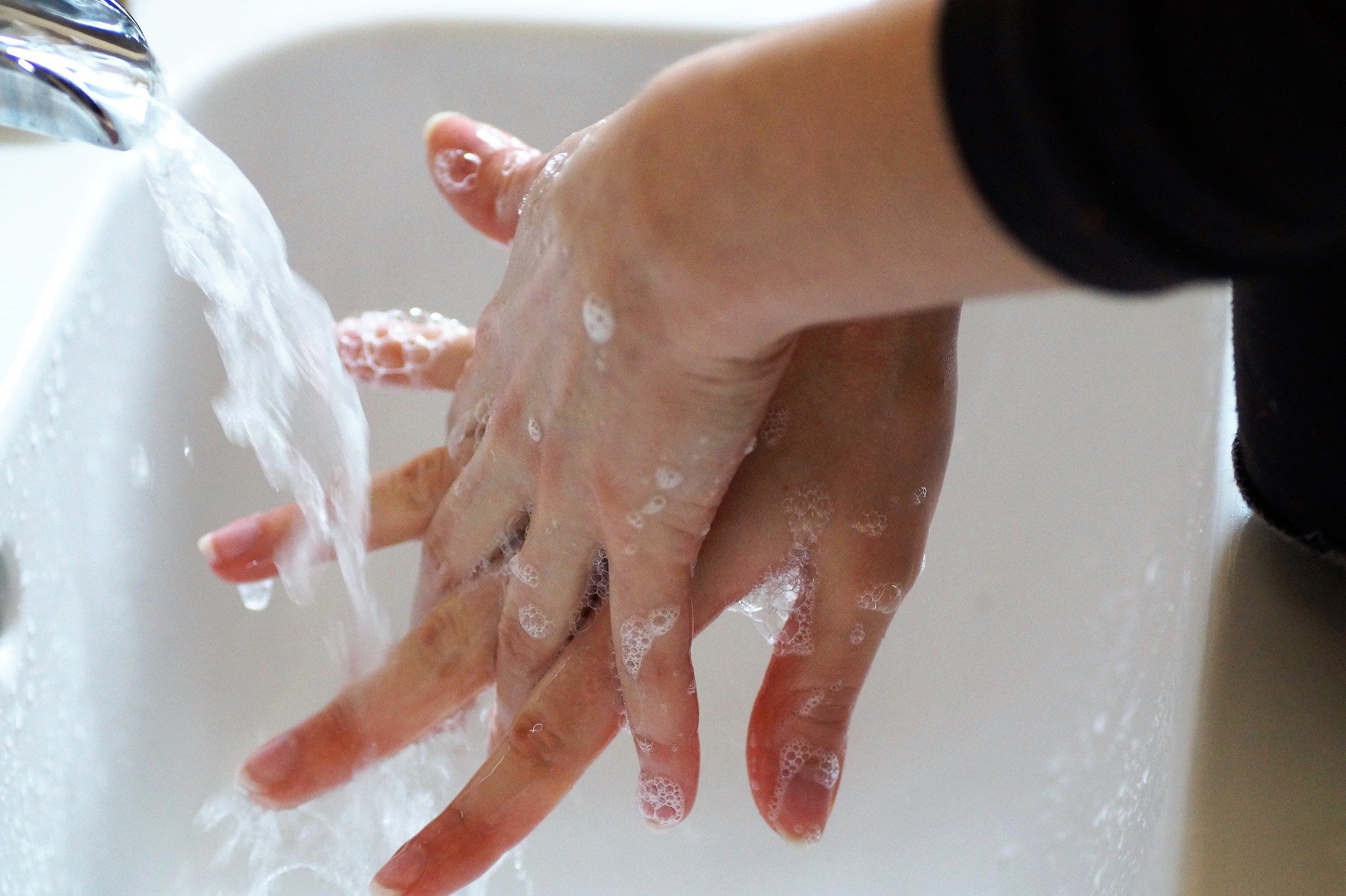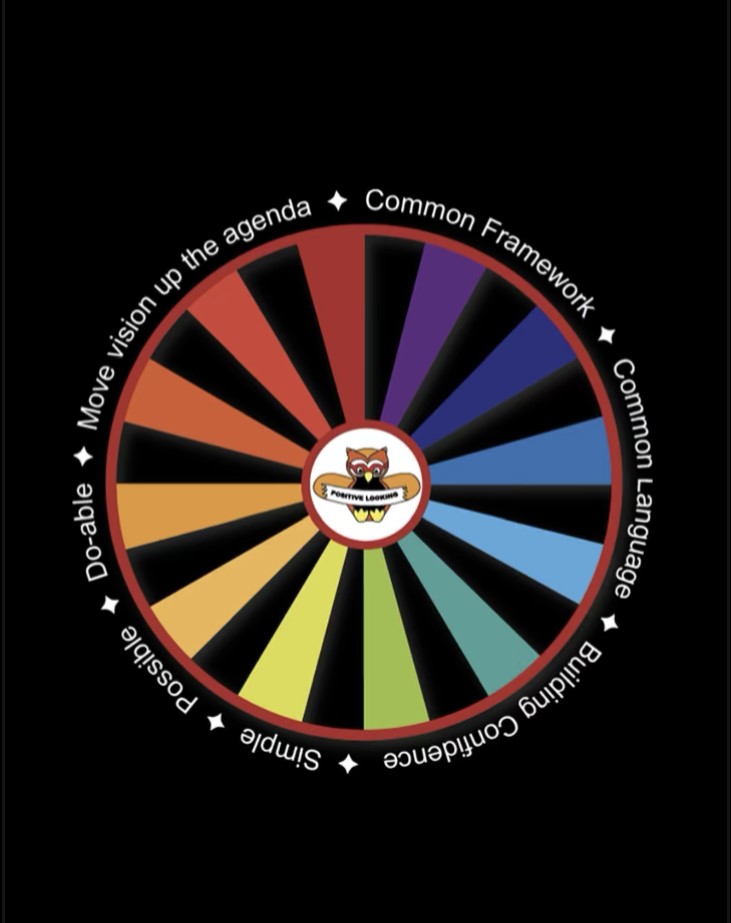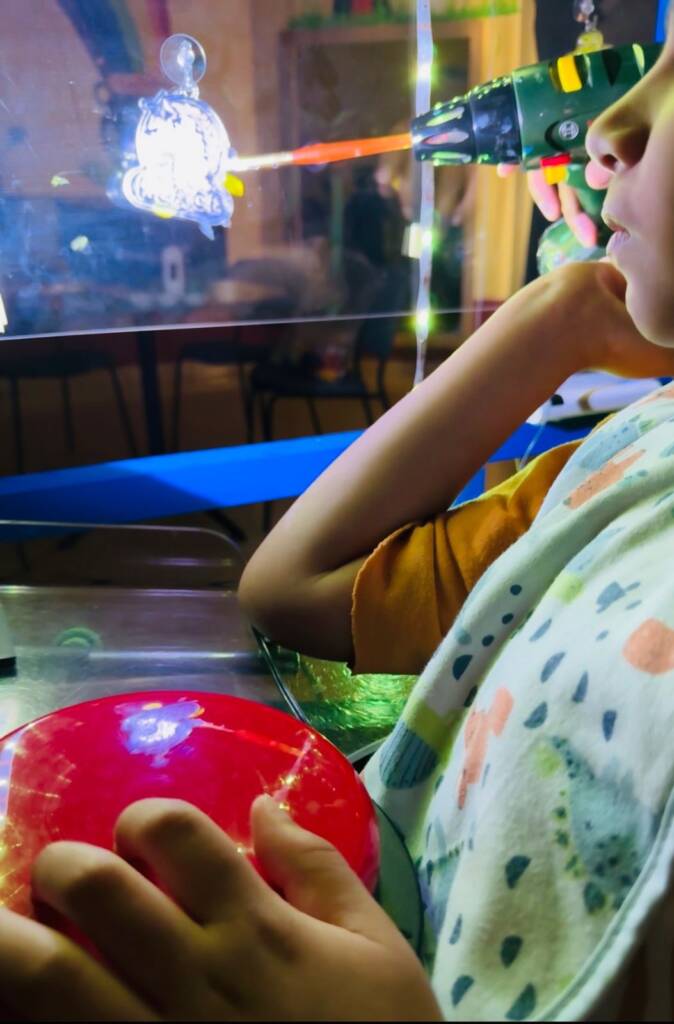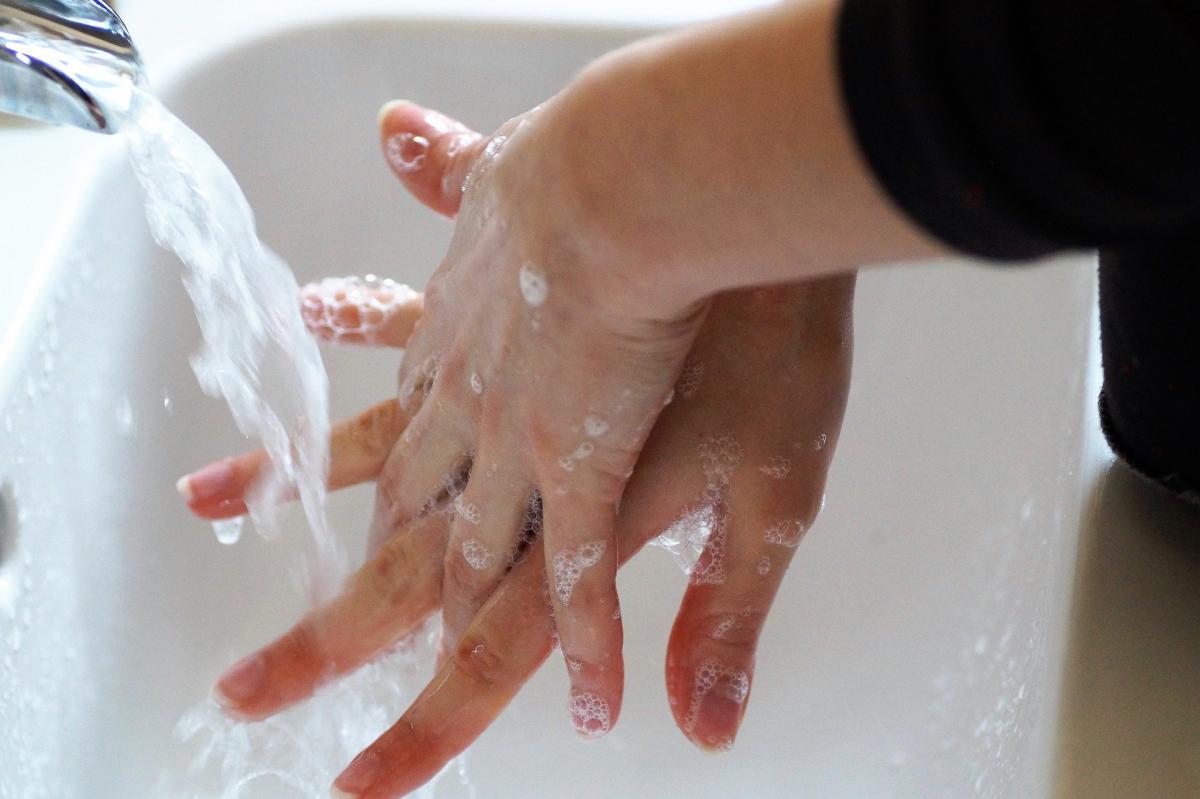 and by Angela Campbell
and by Angela Campbell
Each year brings new team members such as new classroom teachers, related services staff, speech pathologists, and paraprofessionals. This year has brought a new, very important member to our collaborative team – our families and caregivers. Therefore, our process has evolved. While teaching virtually is not ideal, we are motivated to think outside of the box and continue to work to provide coherence for our learners.
The August 1st Sensorimotor Spotlight shared tools for gathering data on sensory preferences and participation levels in order to create meaningful instructional routines. We want to share some next steps and how we are using this data to create a routine for the home, and why we think routines are a perfect instructional strategy for virtual learning.
Why Instructional Routines?
Routines work because…
- They are created specifically for an individual learner’s motivations and skill level.
- They are done consistently, so the learner feels safe and comfortable knowing exactly what to expect each time.
- BANG for your buck! You can infuse several IEP goals into one short routine.
- They can be created around functional or daily routines that are part of the family’s daily activities.
Hand Washing Routines
Our team has decided to begin the year by focusing on hand washing routines for many of our learners. Typically, we would focus on different routines based on each learner’s topic of interest, but this year we need to teach families and caregivers how to provide instruction through routines at home with something familiar and practical. Here’s what we’ve done so far:
- First, we set up Zoom collaboration sessions with each of our instructional teams to discuss participation levels of learners and motivating elements we could infuse in each routine.
- We discussed object symbols to begin each routine. We reminded each other that the object symbol should be something in the routine that the learner engages with initially and/or often.
- We discussed the learner’s active participation in each step. This is one of the best parts because you really have to take a step back and analyze what the learner is doing in each step. At times, we realized our step included a motor action our learner had not yet obtained. We either modified the step or added an accommodation to meet their abilities.
- Our next step, which is a new step for us, was to look critically at our “lesson plan” for our routine and redesign it so it was easier for our new team members, our families, to understand. Our classroom teachers provided great insight into this new step guiding the process to provide families with the best format for each of them.
- We used the learner’s goals and objectives and embedded as many as possible within steps of the routine.
- Now the fun begins…observing the routines and carefully providing critical feedback to each of our new instruction providers. Currently, we have provided written lesson plans and have started observation of the routines through Zoom sessions. Through the process Millie (Smith) has taught us, we have seen so much progress in the learners over the past several years, and we anticipate seeing that same progress with our new team members.
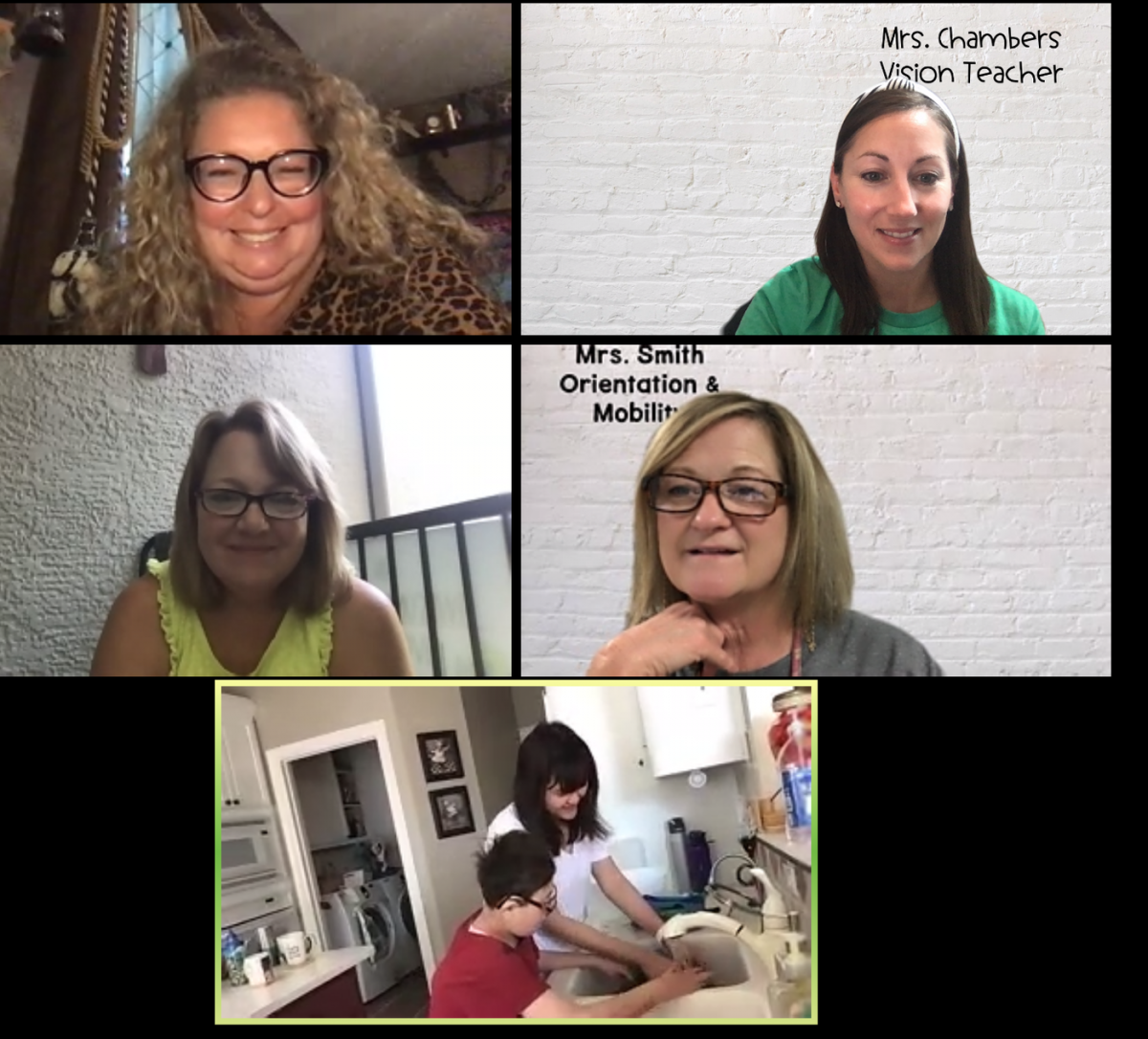
Sample Hand Washing Routines
Here are 3 Hand Washing Routines we have created – Teacher versions and Caregiver Versions – to begin our school year with learners at home. We hope they inspire you to develop one individualized for YOUR learner.
- Abby’s Attention Level Hand Washing Routine
- Max’s Exploration Level Hand Washing Routine
- Izzy’s Function Level Hand Washing Routine
